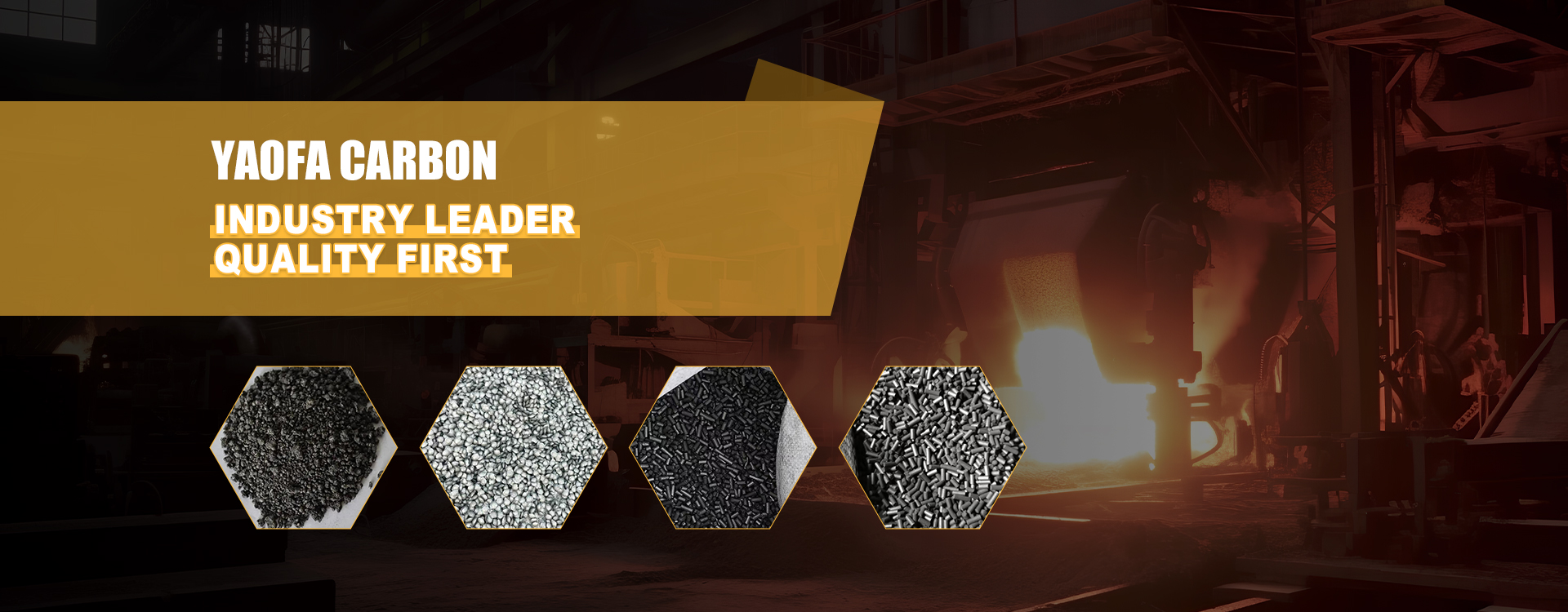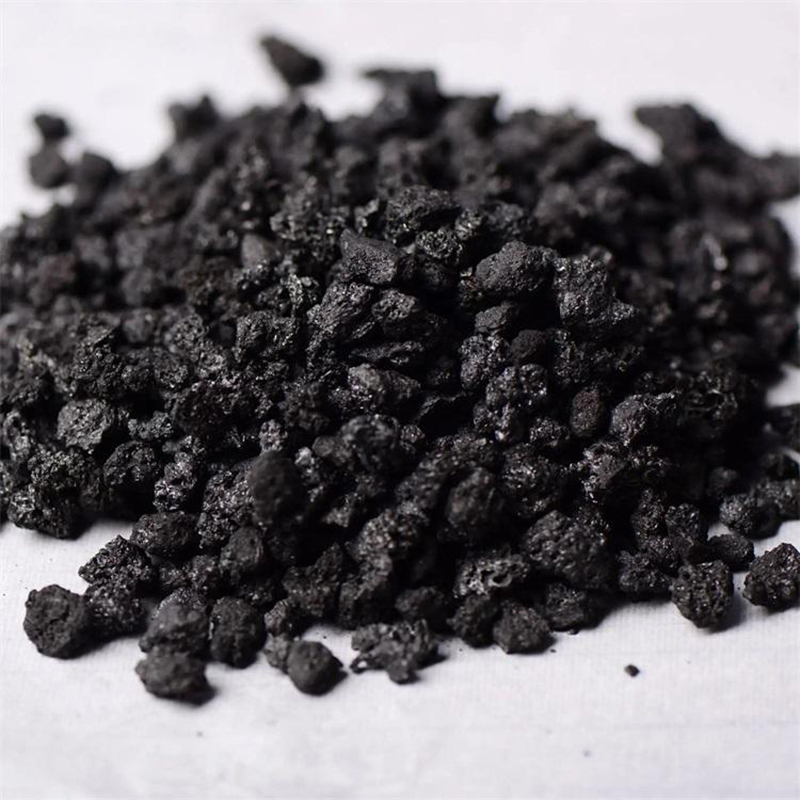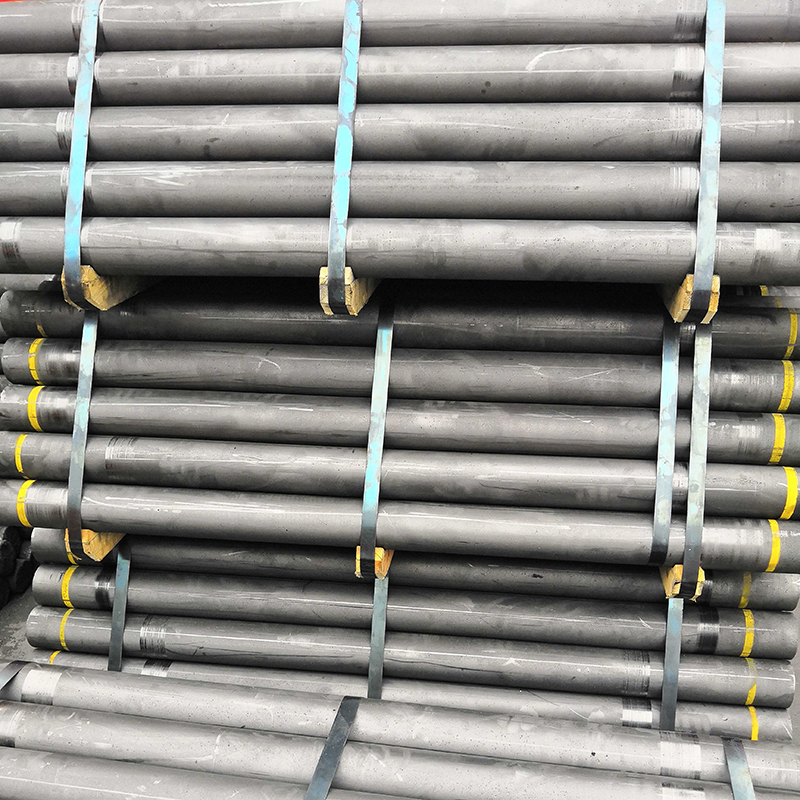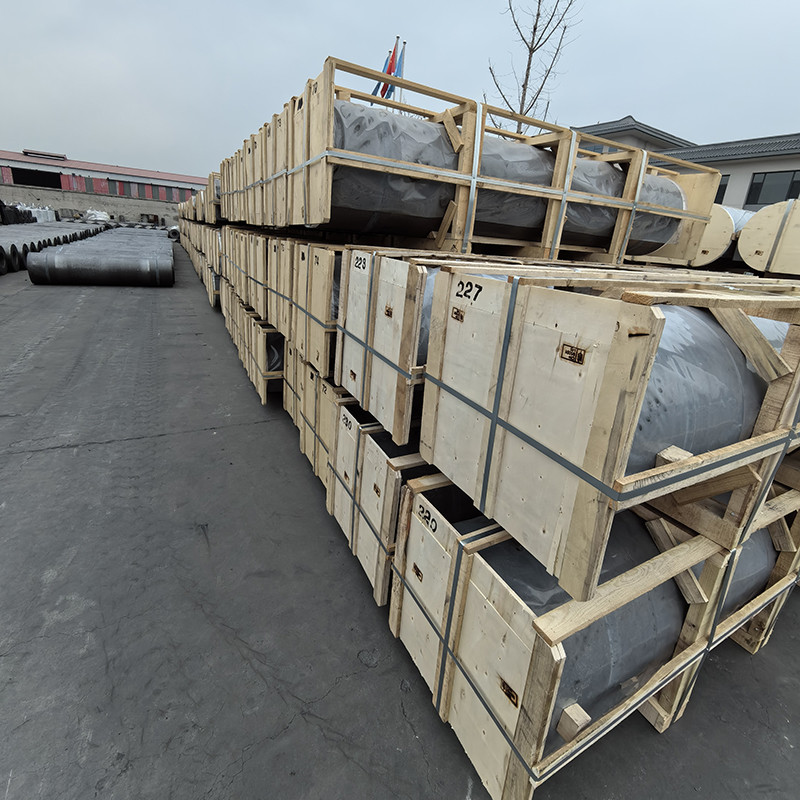- Chinese
- French
- German
- Portuguese
- Spanish
- Russian
- Japanese
- Korean
- Arabic
- Irish
- Greek
- Turkish
- Italian
- Danish
- Romanian
- Indonesian
- Czech
- Afrikaans
- Swedish
- Polish
- Basque
- Catalan
- Esperanto
- Hindi
- Lao
- Albanian
- Amharic
- Armenian
- Azerbaijani
- Belarusian
- Bengali
- Bosnian
- Bulgarian
- Cebuano
- Chichewa
- Corsican
- Croatian
- Dutch
- Estonian
- Filipino
- Finnish
- Frisian
- Galician
- Georgian
- Gujarati
- Haitian
- Hausa
- Hawaiian
- Hebrew
- Hmong
- Hungarian
- Icelandic
- Igbo
- Javanese
- Kannada
- Kazakh
- Khmer
- Kurdish
- Kyrgyz
- Latin
- Latvian
- Lithuanian
- Luxembou..
- Macedonian
- Malagasy
- Malay
- Malayalam
- Maltese
- Maori
- Marathi
- Mongolian
- Burmese
- Nepali
- Norwegian
- Pashto
- Persian
- Punjabi
- Serbian
- Sesotho
- Sinhala
- Slovak
- Slovenian
- Somali
- Samoan
- Scots Gaelic
- Shona
- Sindhi
- Sundanese
- Swahili
- Tajik
- Tamil
- Telugu
- Thai
- Ukrainian
- Urdu
- Uzbek
- Vietnamese
- Welsh
- Xhosa
- Yiddish
- Yoruba
- Zulu
- Kinyarwanda
- Tatar
- Oriya
- Turkmen
- Uyghur

pyrolytic graphite crucible
The Unseen Challenges and Potentials of Pyrolytic Graphite Crucibles
The nuances of working with pyrolytic graphite crucibles often go overlooked, yet they are pivotal in various advanced applications. These specialized containers boast remarkable properties but come with their own set of intricacies that can affect both their utility and the user's experience.
Understanding Pyrolytic Graphite Crucibles
Pyrolytic graphite is known for its unique characteristics, especially its high purity and great thermal conductivity. This makes it an excellent material for crucibles in high-temperature environments like those used in semiconductor industries or materials research. However, many users initially overlook the anisotropic nature of pyrolytic graphite, which means its properties can vary depending on the direction within the material.
I recall a scenario in one of my earlier projects where misunderstanding this anisotropy led to an unexpected thermal shock. We were running a high-temperature experiment, and failure to align the crucible correctly resulted in uneven heating. It was a costly learning moment, underscoring that detailed attention to the material's structural properties is crucial.
Hebei Yaofa Carbon Co., Ltd., a seasoned player in the realm of carbon materials with over 20 years in the industry, offers a variety of pyrolytic graphite products. They emphasize the importance of understanding these materials' directional properties to harness their full potential effectively. You can explore their offerings at their website for more insights.
The Application Spectrum
These crucibles are indispensable in applications requiring precision and stability at elevated temperatures. They find roles in crystal growth, particularly in manufacturing semiconductors where purity and thermal management are key. However, tailoring their use to specific applications isn't as straightforward as it seems.
In a project involving crystal pulling, pyrolytic graphite's ability to withstand high temperatures without contaminating the melt was key. Its non-wetting nature is an asset here, facilitating easy removal of crystals post-growth. But, adjusting to the exact radius and specifications required by our setup took multiple adjustments and tweaks.
Many manufacturers claim universal compatibility, but I've often found it's about fine-tuning the interaction between crucible surface and the materials being processed. Experience shows that general guidelines often need modifications for each specific case.
Real-world Challenges
While the theoretical benefits are often touted, real-world implementations present practical headaches. Pyrolytic graphite can be brittle, and handling it demands a degree of finesse. During a rushed setup for a thermal analysis, a minor bump led to a crack, reminding us of its vulnerability to mechanical stress.
Moreover, cost considerations cannot be ignored. The initial expense of these crucibles is significant, though justified by their longevity and performance. At Hebei Yaofa Carbon Co., Ltd., they advocate for a thorough cost-benefit analysis tailored to the specific industrial needs before investing.
The balance is striking — high performance comes at a price, but with informed handling and correct application, they justify their cost in the long run.
Innovative Solutions and Evolution
It's interesting to note how ongoing advancements are striking a balance between these challenges and opportunities. Newer coatings and treatments are being developed to enhance the mechanical strength without compromising on the intrinsic advantages.
I attended a seminar where emerging techniques to reinforce the critical interfaces of these materials were discussed. Researchers are working on innovative cross-linking technologies that could potentially augment both strength and thermal reliability. These developments are promising, suggesting a potential future where some existing drawbacks might be mitigated.
Hebei Yaofa Carbon Co., Ltd. stays at the forefront by integrating these innovations into their product line, ensuring they not only cater to current demands but also anticipate future needs.
Looking Forward
The road of applying pyrolytic graphite crucibles is both rewarding and challenging. My journey through various projects has taught me that a deep understanding of the material properties and a tailored approach to each application is crucial for success.
While perfection is elusive, striving towards it with continuous learning and adaptation is key. Companies like Hebei Yaofa Carbon Co., Ltd. exemplify how staying informed and innovative can lead to improved outcomes and solutions for even the most complex requirements.
In conclusion, whether you are in research or industrial manufacturing, consider these crucibles as not just tools, but as partners that can significantly enhance your project's outcomes when used with expertise and care.
Related products
Related products
Best selling products
Best selling productsRelated search
Related search- Buy graphite clay
- China 10 kg graphite crucible
- uhp graphite electrode price supplier
- Buy graphite crucible for sale near me
- Buy carbon graphite plate
- IoT Bus Shelter
- China induction heating graphite crucible
- China small graphite crucible
- china rp graphite electrode dia200-600mm
- graphite used as electrode supplier













